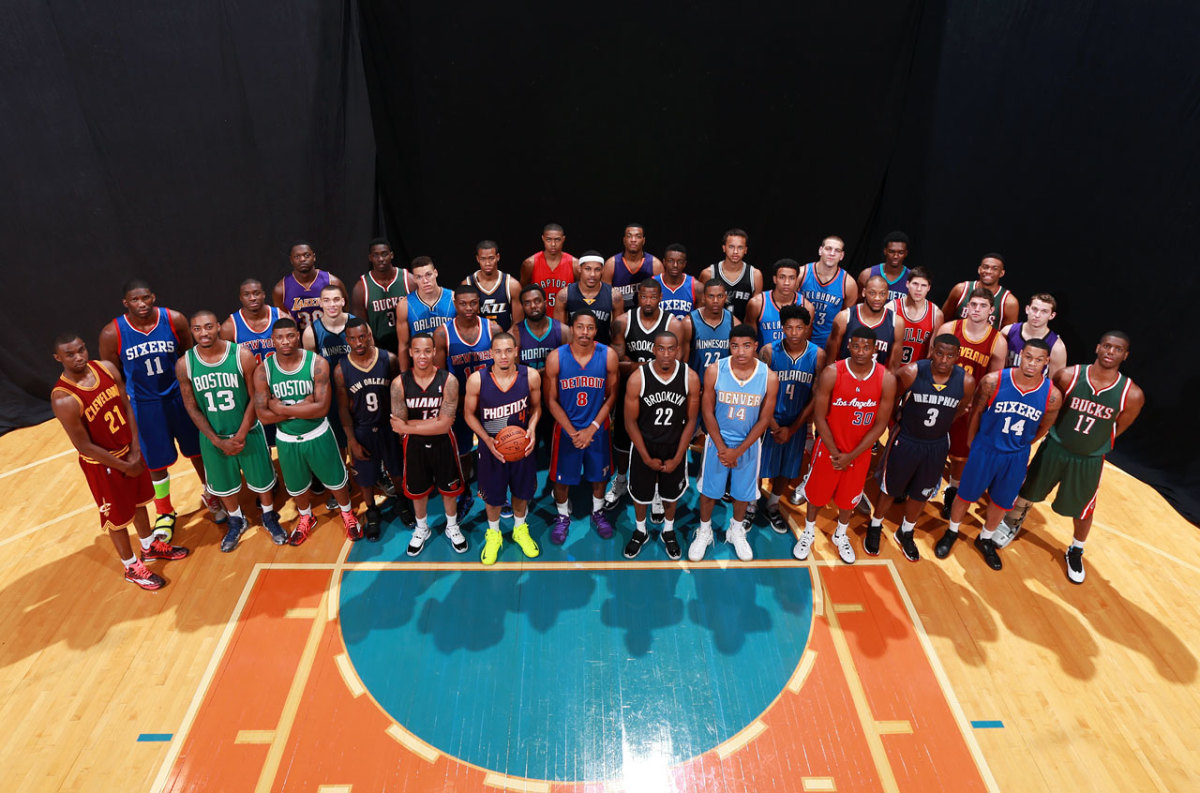Offseason grades: Northwest Division

With most of the summer already in the books, SI.com is grading each team's offseason performance as and examining their best and worst moves. Below, Chris Johnson breaks down the five teams in the Northwest Division.
OFFSEASON GRADES: Atlantic | Central | Southeast | Pacific | Southwest
Denver Nuggets
Best move: Trading Evan Fournier and a second-round pick for Arron Afflalo.
Worst move: None.
Enshrinement of Mourning, Richmond about more than their NBA titles
Analysis: The Nuggets’ biggest move of the offseason happened less than two weeks after the Spurs won the title. Early as it was, re-acquiring Arron Afflalo from the Magic could pay huge dividends for the Nuggets. Afflalo addresses a pressing need for Denver – perimeter defense; the Nuggets ranked 21st in points allowed per possession last season – and has proved a capable scorer over the past two seasons in Orlando. While his numbers may have been inflated by the Magic’s lack of offensive alternatives, Afflalo’s three-point shooting (42.7 percent last season) and off-the-dribble creation will be welcome additions in Denver.
The Nuggets did well for themselves on draft night by sending No. 9 pick Doug McDermott and Anthony Randolph to Chicago for the No. 16 and 19 picks (and a future second-rounder), which were used to select Michigan State product Gary Harris and European Center JusufNurkic. Nurkic, who appears set to join Denver this season, is somewhat of a project, but Harris’ short-term prospectus is more promising. The Nuggets could benefit from his defensive chops and well-rounded offensive game (he averaged 18.6 points over five summer league games) as early as this season.
The one big gripe Nuggets fans could, but probably shouldn’t, have about this offseason is the team’s apparent failure to land Kevin Love via trade. One report in late July described Denver as a “strong contender” for Love. Whatever the extent of the Nuggets’ involvement in the Love sweepstakes, locking up Kenneth Faried on a cap-friendly deal would be a palatable alternative.
Grade: B
Minnesota Timberwolves
Best move: Reportedly trading Kevin Love for Andrew Wiggins, Thaddeus Young and a 2015 first-round pick.*
Worst move: None.
*Terms of the deal not finalized
Cavaliers, Wolves get much-needed mulligan with Love-Wiggins trade
Wiggins, the reported centerpiece of the trade, has been lauded as one of the best prospects of the past decade. There was a strong argument to be made that Cleveland should have kept the Kansas product. And in Young, who averaged 17.9 points and 6 rebounds per game with Philly last season, Minnesota gets a proven forward capable of helping replace some of Love's production. But is that what the Wolves should be trying to do? Young, 26, can opt out next summer and might not be long for Minnesota. Does he make more sense than the other player initially reported in the deal, 2013 No. 1 pick Anthony Bennett, whose development seems more aligned with Minnesota’s projected timeline for contention? Perhaps an unexpected run at the postseason can convince Young to commit to Minnesota long term. The Timberwolves reportedly could receive a top-10 protected, 2015 first-round pick via Miami (if it’s not dealt to the 76ers for Young), a hedge against possibility of losing their own 2015 first-rounder as part of the 2012 Wes Johnson trade.
With Wiggins and this year’s first-round pick, the freakishly athletic Zach LaVine, Minnesota can turn the page and chart a new course, with a new core. This was never going to be a “great” offseason for the Timberwolves, but in the final analysis, it’s hard to find fault with their plan. Which isn’t to say that new coach/president of basketball operations Flip Saunders won’t have plenty to keep him busy in the coming months.
Grade: B-
Oklahoma City Thunder
Best move: Signing Anthony Morrow to a three-year, $10 million deal.
Worst move: Not signing a premier free-agent like PauGasol
What will Team USA's frontcourt look like without Kevin Durant?
The early returns on first-round draft pick Mitch McGary are positive. The Michigan product averaged 14.8 points and 5.8 rebounds on 50 percent shooting in four summer league games. While it remains to be seen whether he can realize the lottery pick potential he flashed in 2013, McGary has the size and skills to provide meaningful minutes in a frontcourt that was exposed as lacking in both depth and versatility in the 2013 postseason. Oklahoma City’s other first-round pick, Stanford product Josh Huestis, will spend this year in the D-League, as part of a unique pre-arranged agreement. Oklahoma City was rumored to have interest in center Pau Gasol, but with the big man choosing Chicago instead, the Thunder will enter 2014-15 in largely the same shape they ended 2013-14. In failing to close the deal on Gasol or another free agent of greater consequence other than Morrow, Oklahoma City will need to hope that internal progress, and better injury luck, can put them over the top. There’s nothing wrong with standing pat, but the Thunder ought to be graded on a strict curve. Oklahoma City could come to regret the past few months as a missed opportunity. The percolation of the Durant rumor mill is no consolation.
Grade: C+
Portland Trail Blazers
Best move: Signing Steve Blake to a two-year, $4.2 million deal.
Worst move: Signing Chris Kaman to a two-year, $9.8 million deal.
Analysis:The Spurs’ five-game sweep of Portland in the West semis obscured what was, relative to preseason expectations, an excellent season for the Blazers. Still, they went into the offseason needing to address a few key areas of need, among them adding a competent big man to back up Robin Lopez. Portland tabbed Chris Kaman after reports linked them to preferable options like Spencer Hawes and Channing Frye. Kaman has slipped quite a bit since earning an All-Star nod in 2010. While he put up solid numbers during his court time with the Lakers last season, Kaman didn’t mesh well with coach Mike D’Antoni, started only 13 games and, at one point, couldn’t even crack the rotation (he endured a spell of DNP-CDs). The Kaman signing was panned as a splurge – especially in light of Hawes signing a more cost-effective deal with the Clippers – but he could fill an important role for a bench unit that lacked scoring punch last season.
Portland’s decision to sign Steve Blake to a two-year deal worth $4.2 million received more favorable reviews. Blake averaged 6.9 points and 5.6 assists in 55 games last season with the Lakers and Warriors, who acquired him hoping for stable supporting point guard play behind Stephen Curry. Blake’s shooting and assist numbers dipped in Golden State and he was essentially a non-factor in the team’s playoff run. Yet if he can spend more time on the court than off it – Blake has played in only 153 games over the past three seasons – there’s cause for optimism heading into his third stint in the Pacific Northwest.
There was nothing to see on draft night, as Portland had traded away both of its picks and didn’t swing a deal to hop back into either round. Portland also didn’t come to terms with LaMarcus Aldridge on an extension, though that ostensibly has more to do with Aldridge prudently managing his finances than anything else.
Grade: B-
Utah Jazz
Best move: Drafting Dante Exum with the No. 5 overall pick.
Worst move: Signing Gordon Hayward to a four-year, $63 million extension with a player option in the final season and a trade kicker.
Analysis: Sixty-three million over four years may seem like an overpay for a player who saw his shooting numbers and scoring efficiency decline last season. But Hayward isn’t close to, ahem, maxing out his potential. There’s plenty of room for growth, plenty of time for Hayward to smooth out some of the rough edges of his game. Hayward will be earning a wage befitting a superstar; as our own Ben Golliver noted, the only wings to earn more than Hayward’s $15.8 million last season were Carmelo Anthony, LeBron James, Dwyane Wade, Joe Johnson, Kobe Bryant, Rudy Gay and Kevin Durant. If one takes issue with the Hayward deal, though, it should have less to do with the contract itself than the Utah’s failure to avoid putting itself in the position of having to hand out the contract in the first place. The Jazz could have signed Hayward to a more cost-effective rookie extension last summer. Instead, by allowing Hayward to hit restricted free agency, they relinquished the power to negotiate.
In electing to retain Hayward, Utah will hope his skills develop to a point where his performance at least comes close to justifying his salary figure. The Hayward deal will be easier to swallow if first-round pick Dante Exum develops into the sort of transcendent backcourt star Utah has lacked since it trade away Deron Williams in 2011. Landing Exum at No. 5, after he was reportedly in consideration for Cleveland at No. 1, felt like a coup. Yet with so little evidence to evaluate him, it’s difficult to project what Exum’s ceiling is – whether he’s a franchise cornerstone destined for multiple All-Star appearances, a complementary player with an interesting backstory, or something in between. In any case, the 6-foot-6 Exum could be a good fit alongside the smaller and more scoring-inclined Trey Burke, even if, as is the case with many rookies, he needs time to adapt to the physicality of the league. Nabbing Rodney Hood at No. 23 could turn out to be another good move, as the Duke product has the ability to spark an offense that ranked No. 25 in points scored per possession last season.
Grade: B-
2014 NBA Rookie Photo Shoot
Andrew Wiggins | Cleveland Cavaliers

No. 1 overall pick
Jabari Parker with Damien Inglis (left) and Johnny O'Bryant | Milwaukee Bucks
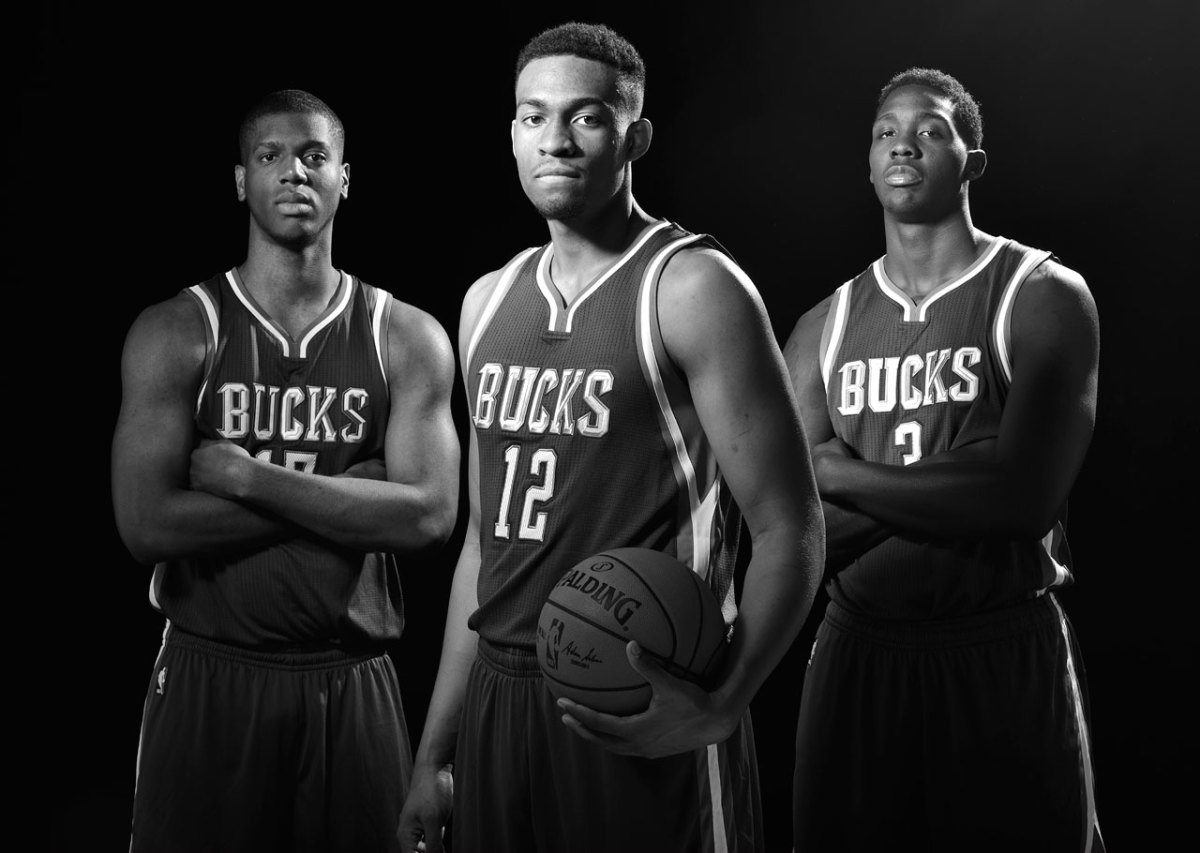
No. 2, 31 and 36 overall picks
Joel Embiid | Philadelphia 76ers

No. 3 overall pick
Aaron Gordon | Orlando Magic
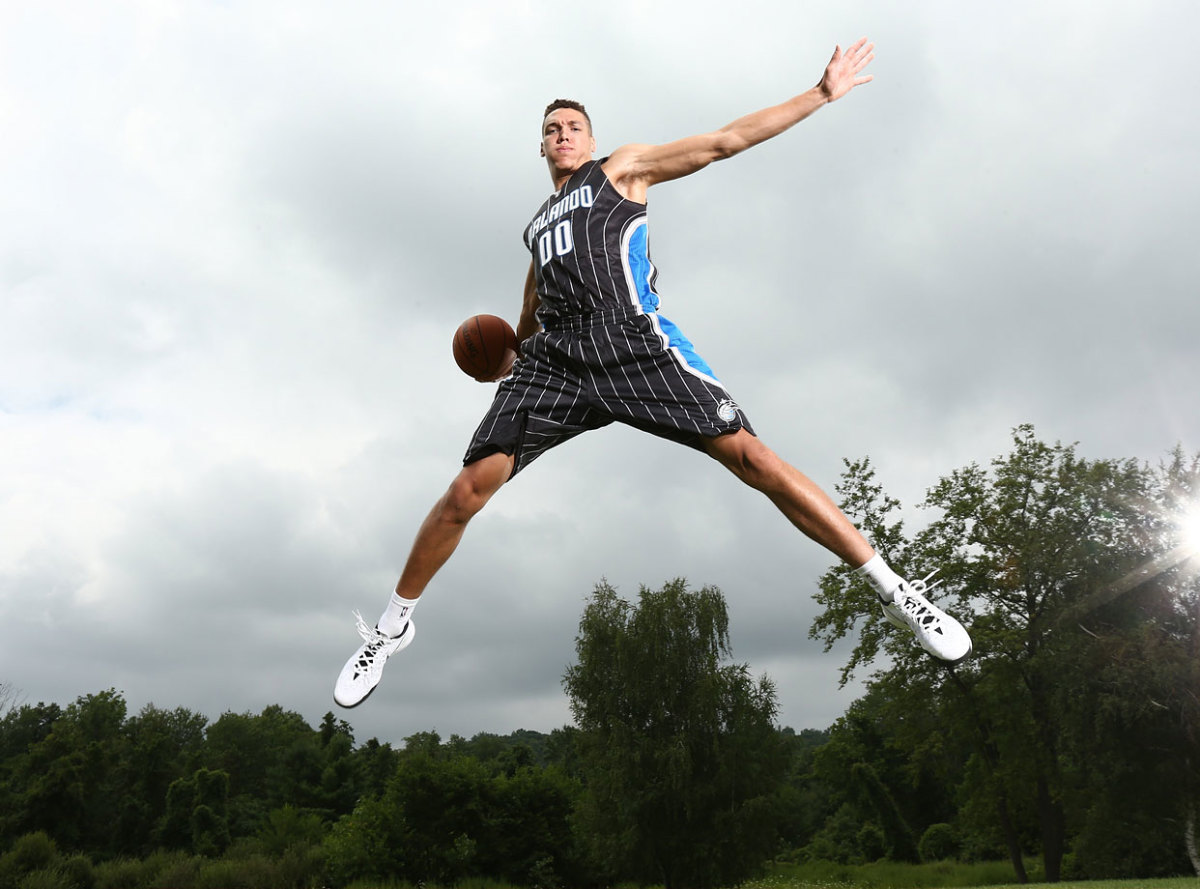
No. 4 overall pick
Marcus Smart | Boston Celtics
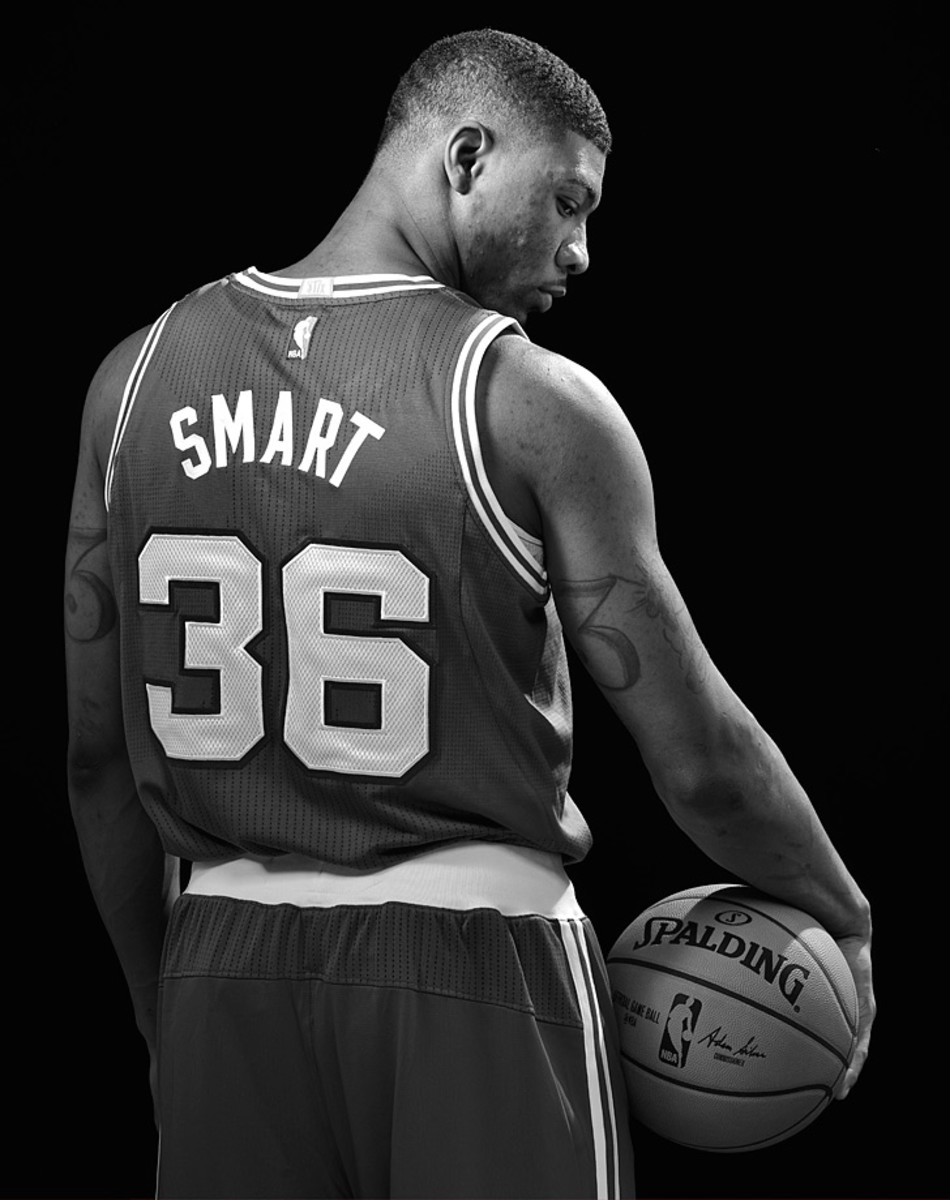
No. 6 overall pick
Julius Randle | Los Angeles Lakers

No. 7 overall pick
Nik Stauskas | Sacramento Kings

No. 8 overall pick
Noah Vonleh | Charlotte Hornets

No. 9 overall pick
Elfrid Payton and Aaron Gordon | Orlando Magic

No. 10 and 4 overall picks
Doug McDermott | Chicago Bulls
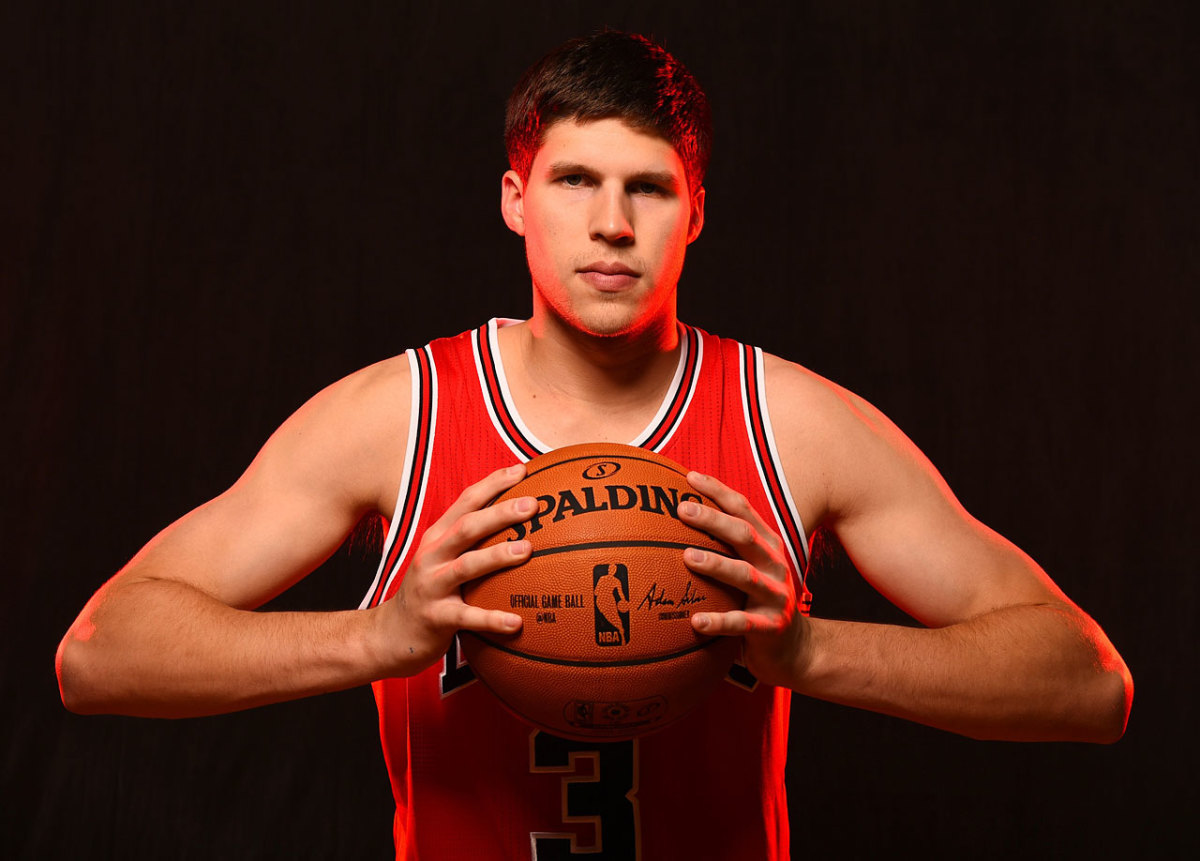
No. 11 overall pick
Zach LaVine | Minnesota Timberwolves

No. 13 overall pick
T.J. Warren | Phoenix Suns

No. 14 overall pick
Adreian Payne | Atlanta Hawks
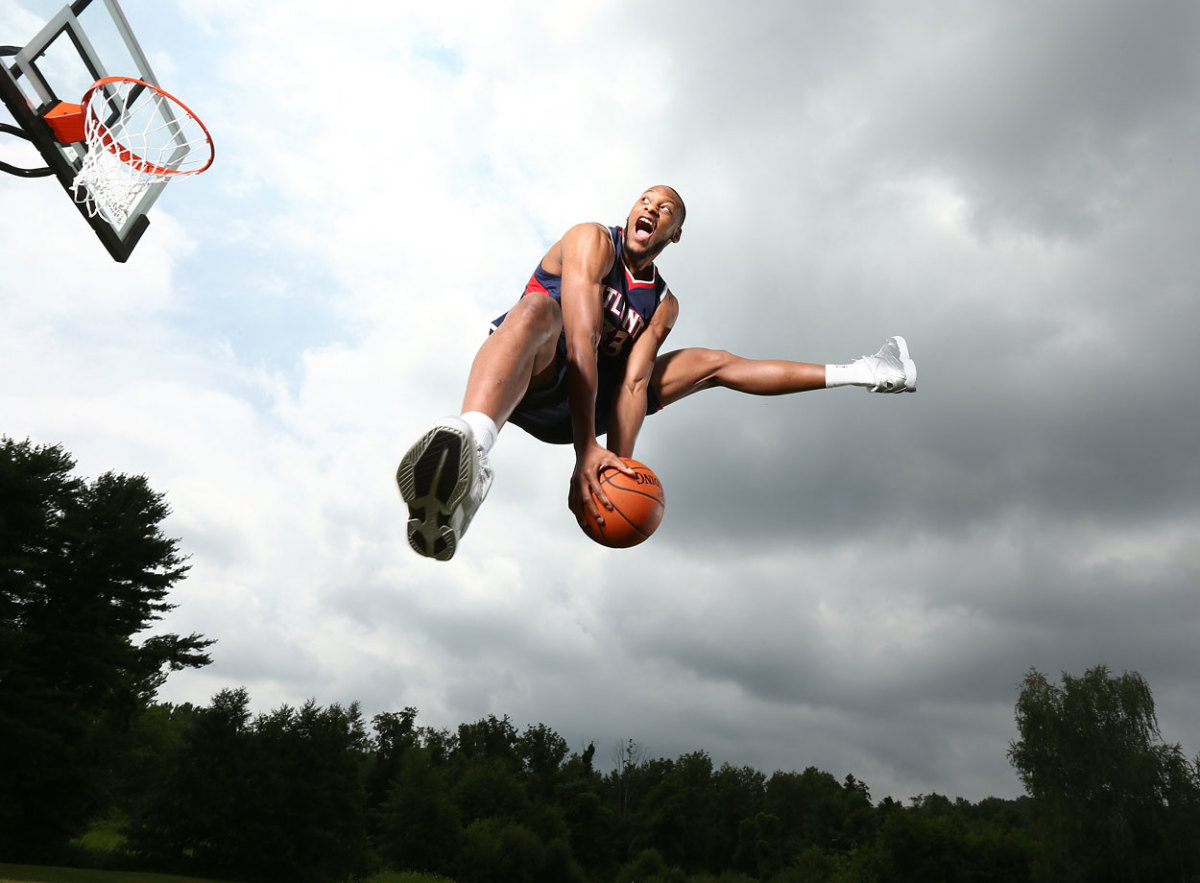
No. 15 overall pick
James Young | Boston Celtics

No. 17 overall pick
Tyler Ennis | Phoenix Suns

No. 18 overall pick
Adriean Payne and Gary Harris | Atlanta Hawks
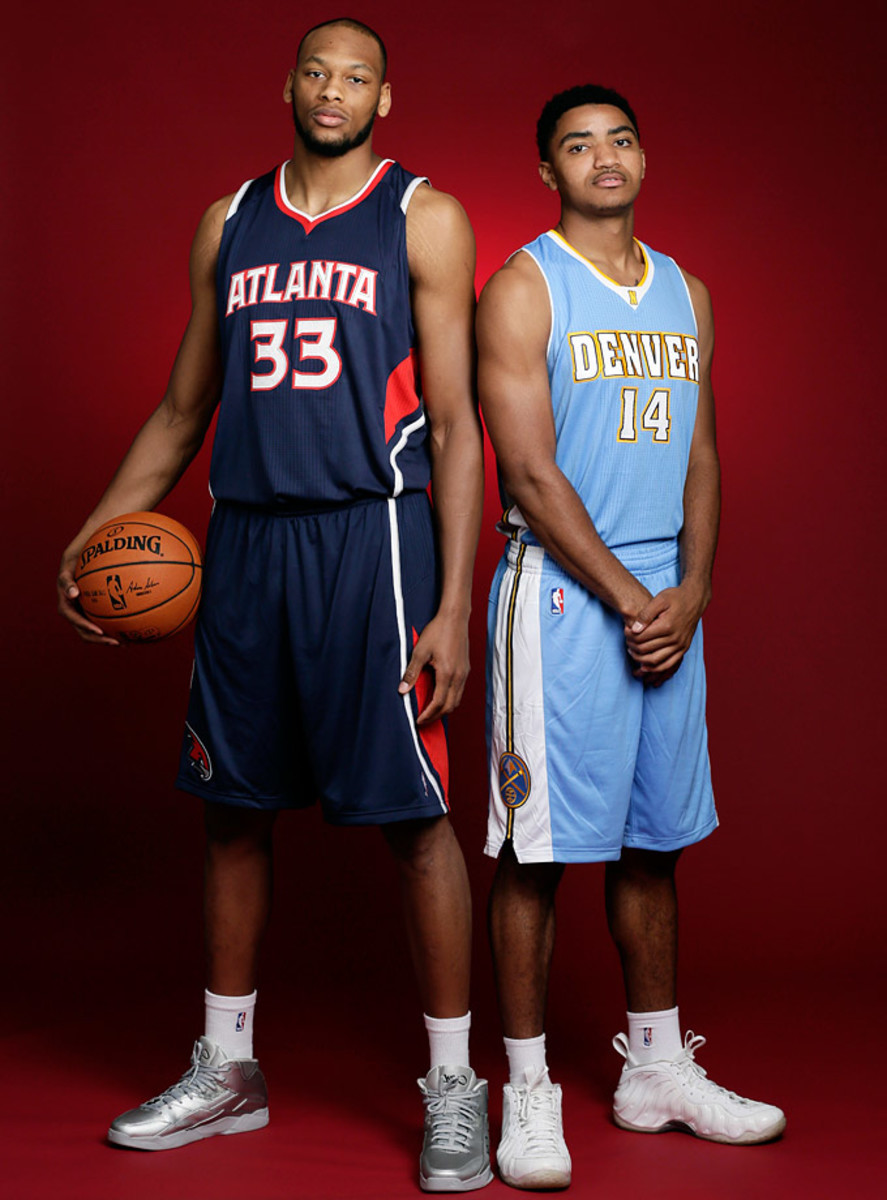
No. 15 and 19 overall picks
Bruno Caboclo | Toronto Raptors

No. 20 overall pick
Mitch McGary | Oklahoma City Thunder
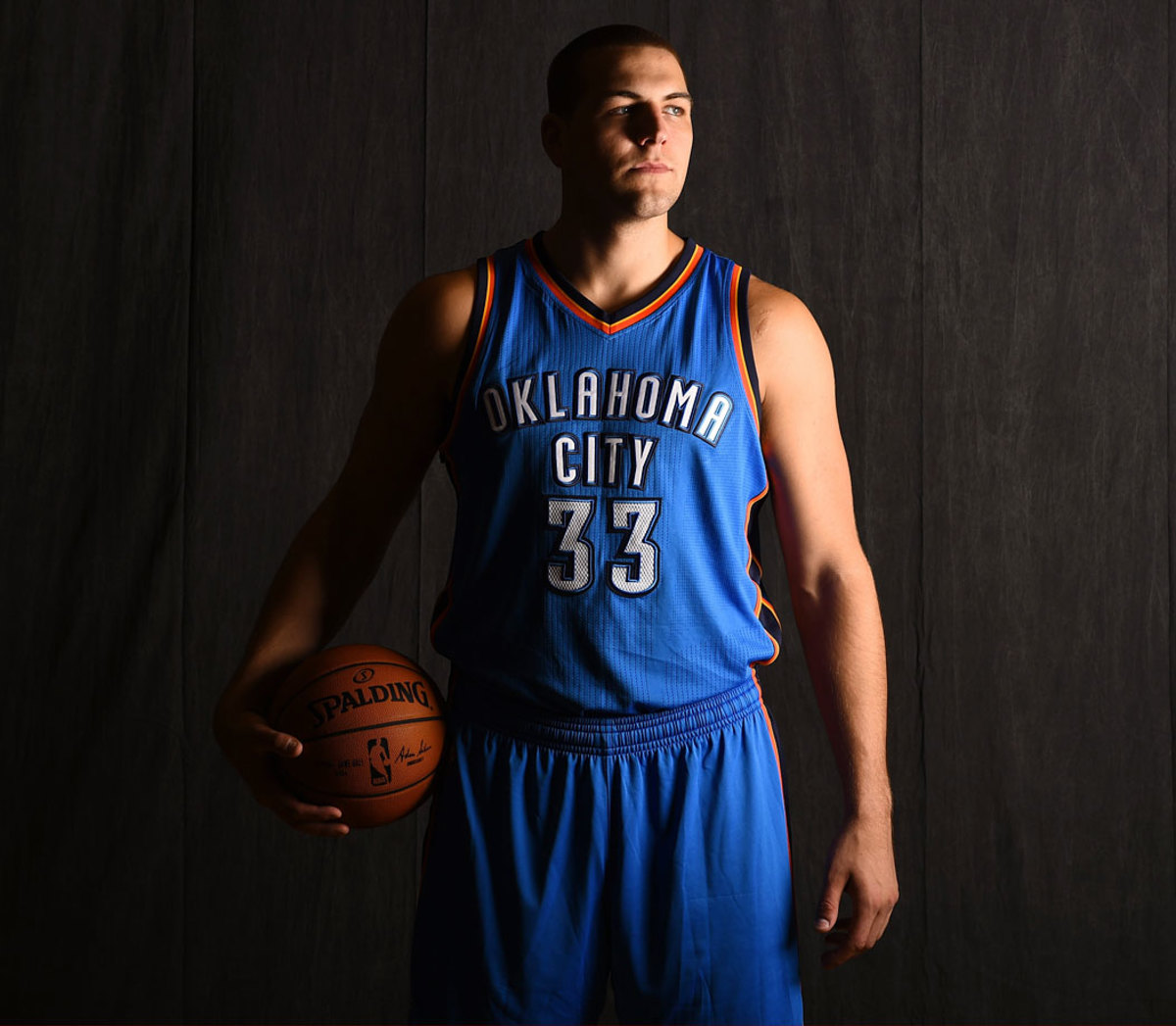
No. 21 overall pick
Jordan Adams | Memphis Grizziles
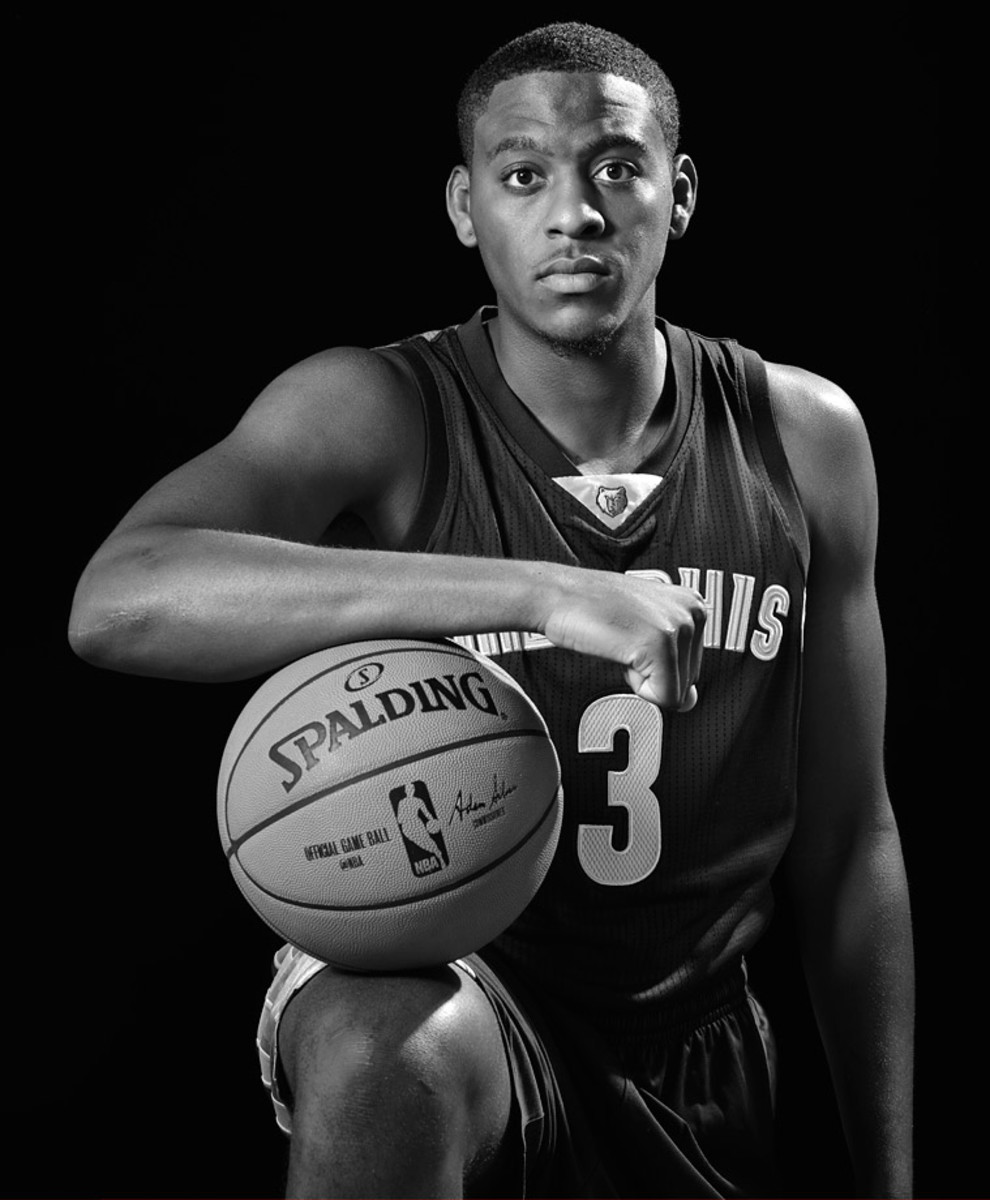
No. 22 overall pick
Rodney Hood | Utah Jazz and Jabari Parker | Milwaukee Bucks

No. 23 and 2 overall picks (out of Duke)
Shabazz Napier | Miami Heat

No. 24 overall pick
Noah Vonleh and P.J. Hairston | Charlotte Hornets

No. 9 and 26 overall picks
C.J. Wilcox | Los Angeles Clippers

No. 28 overall pick
Josh Huestis and Mitch McGary | Oklahoma City Thunder
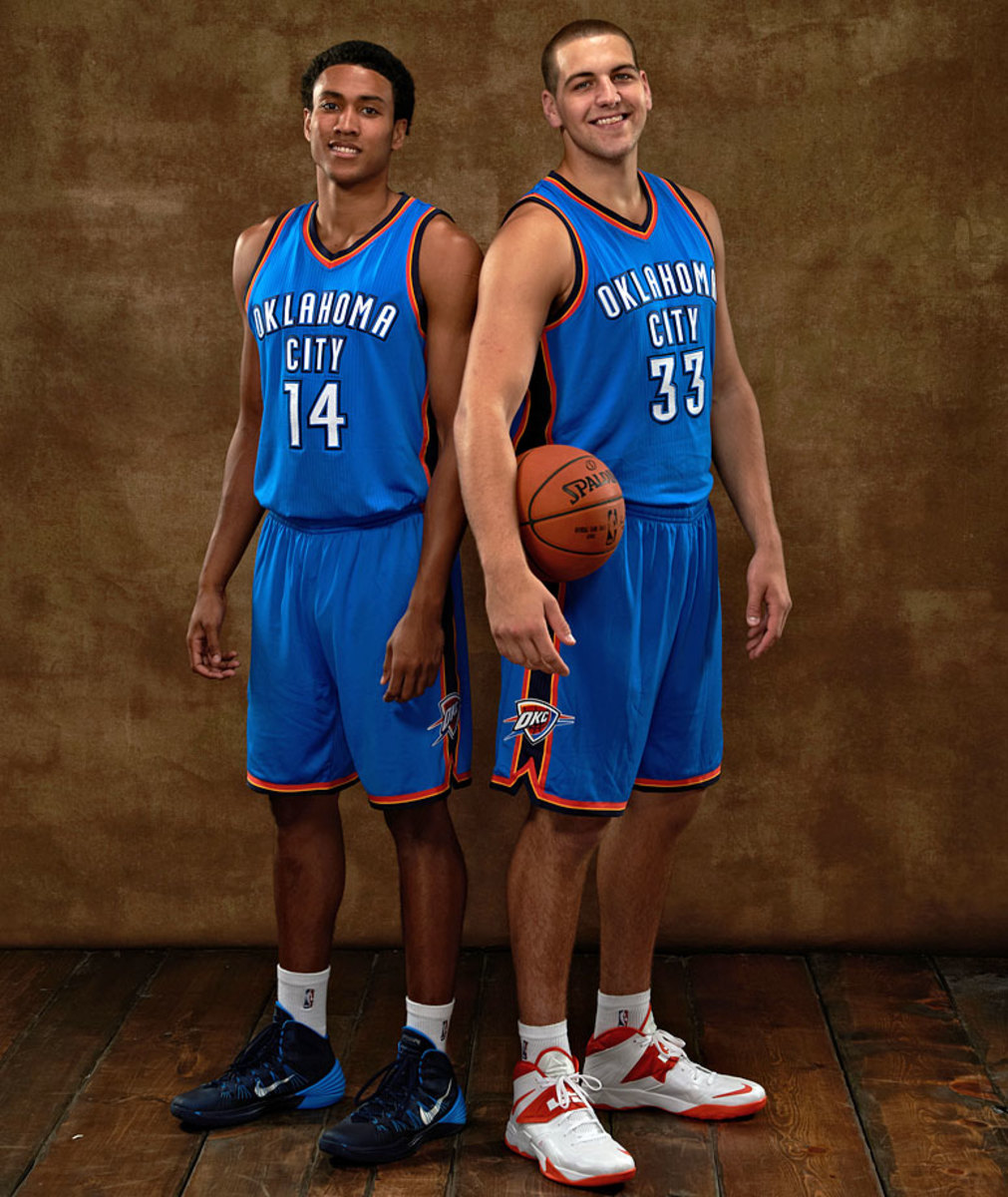
No. 29 and 21 overall picks
Kyle Anderson | San Antonio Spurs

No. 30 overall pick
Damien Inglis | Milwaukee Bucks
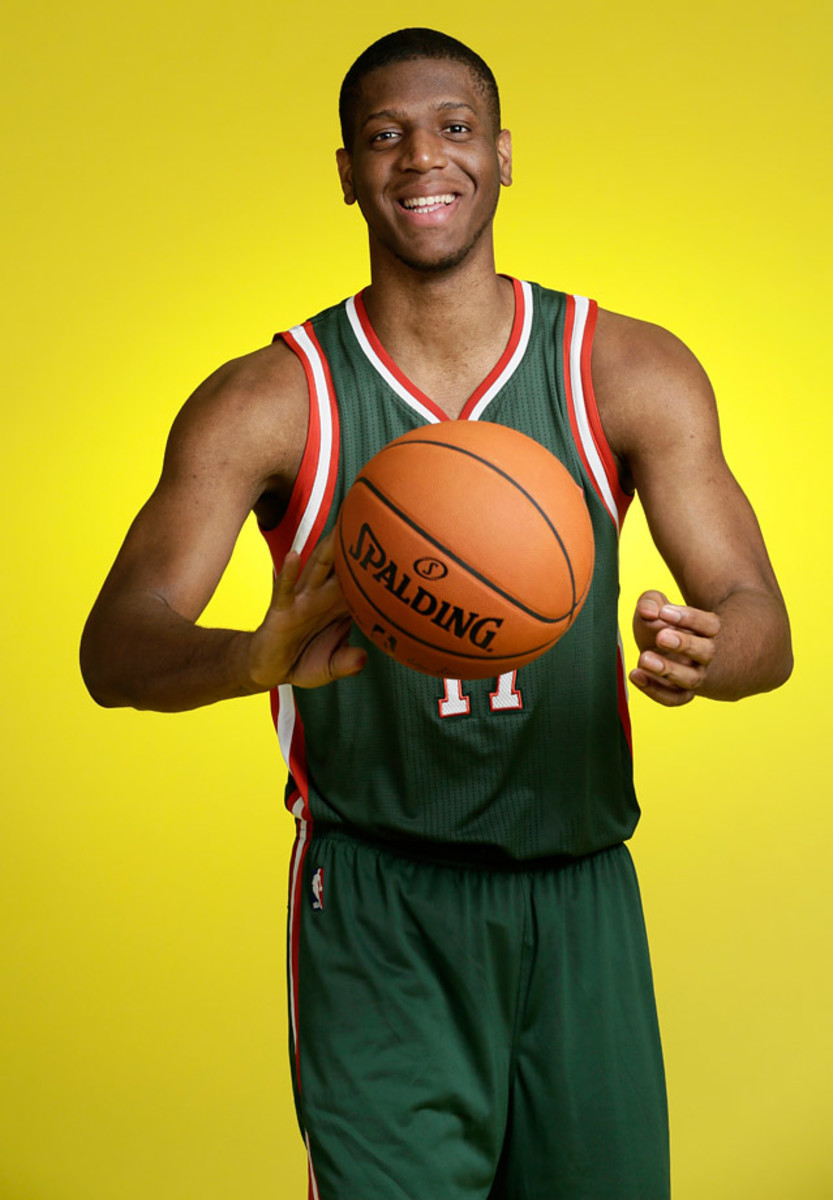
No. 31 overall pick
K.J. McDaniels | Philadelphia 76ers
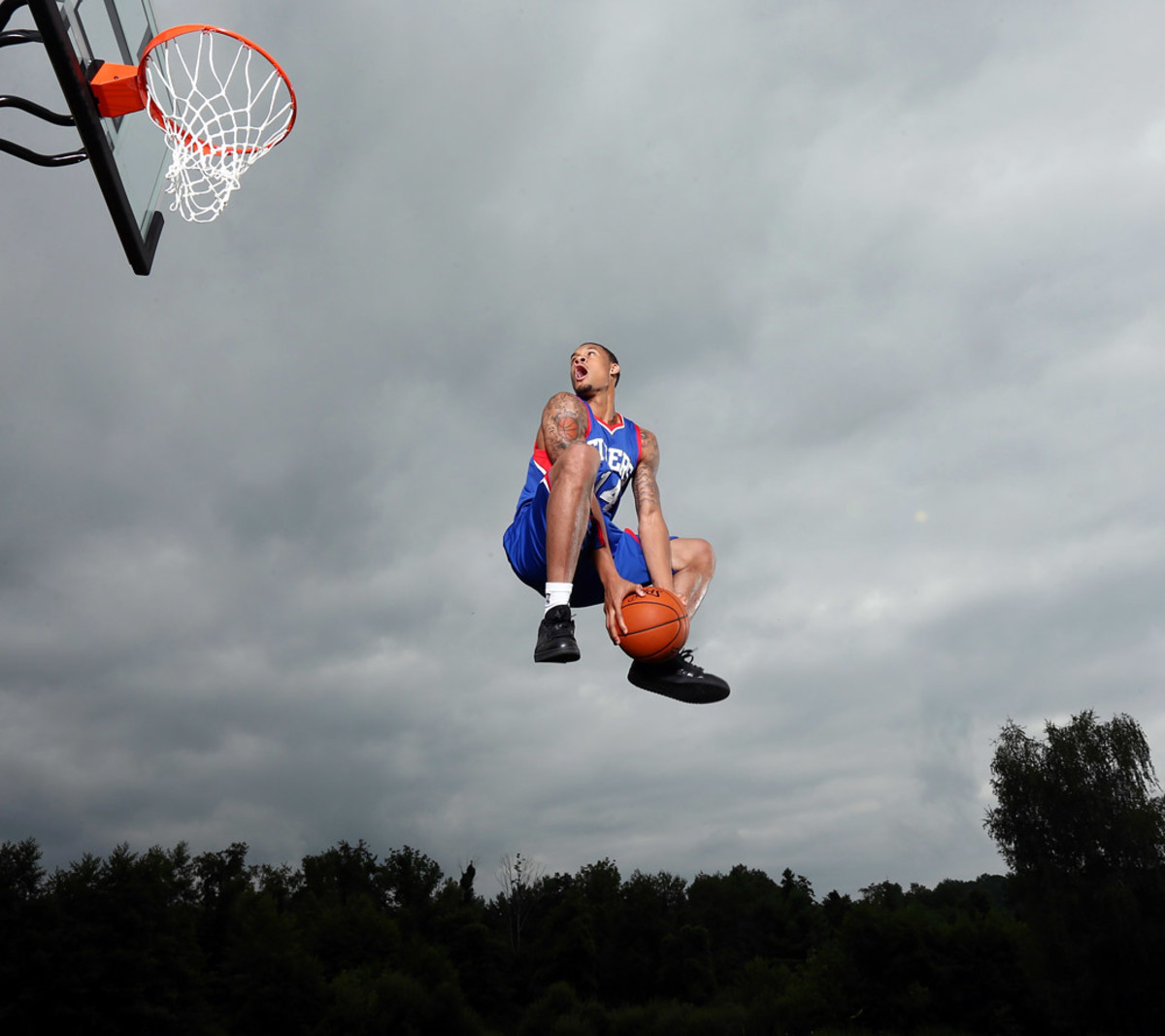
No. 32 overall pick
Joe Harris | Cleveland Cavaliers

No. 33 overall pick
Thanasis Antetokounmpo and Cleanthony Early | New York Knicks
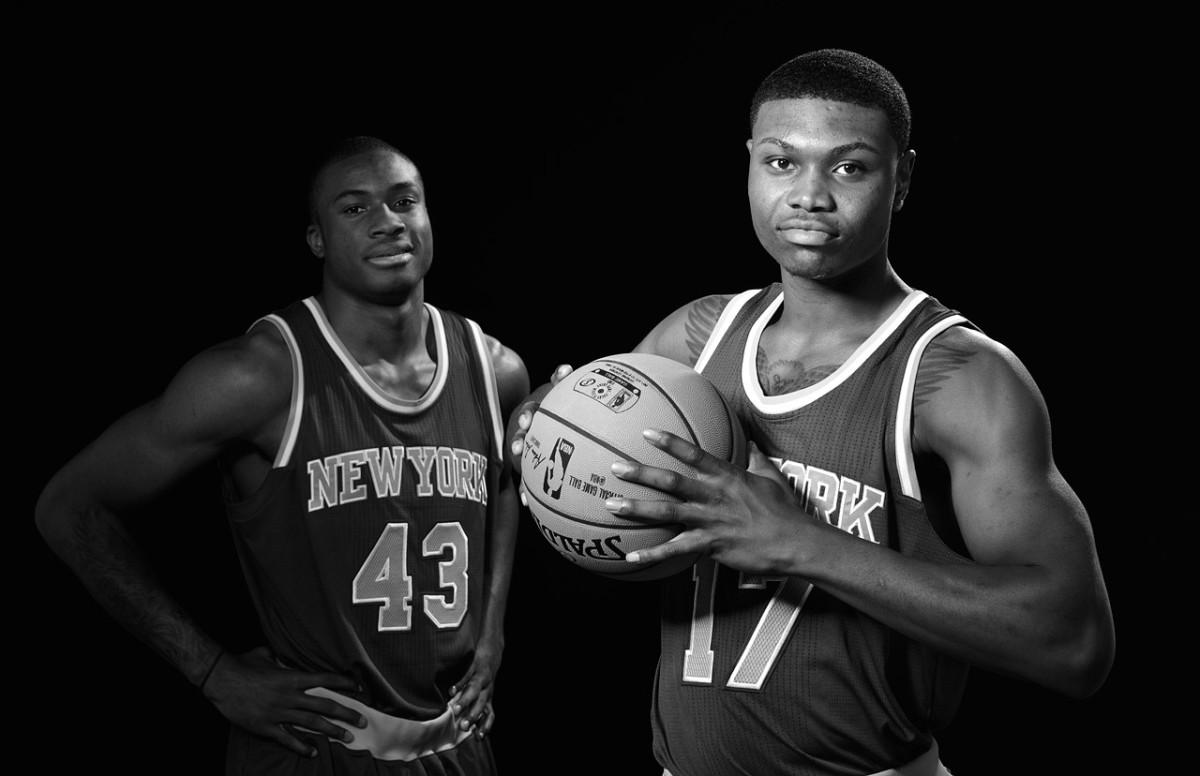
No. 51 and 34 overall picks
Jarnell Stokes | Memphis Grizzlies

No. 35 overall pick
Johnny O'Bryant | Milwaukee Bucks

No. 36 overall pick
Spencer Dinwiddie | Detroit Pistons
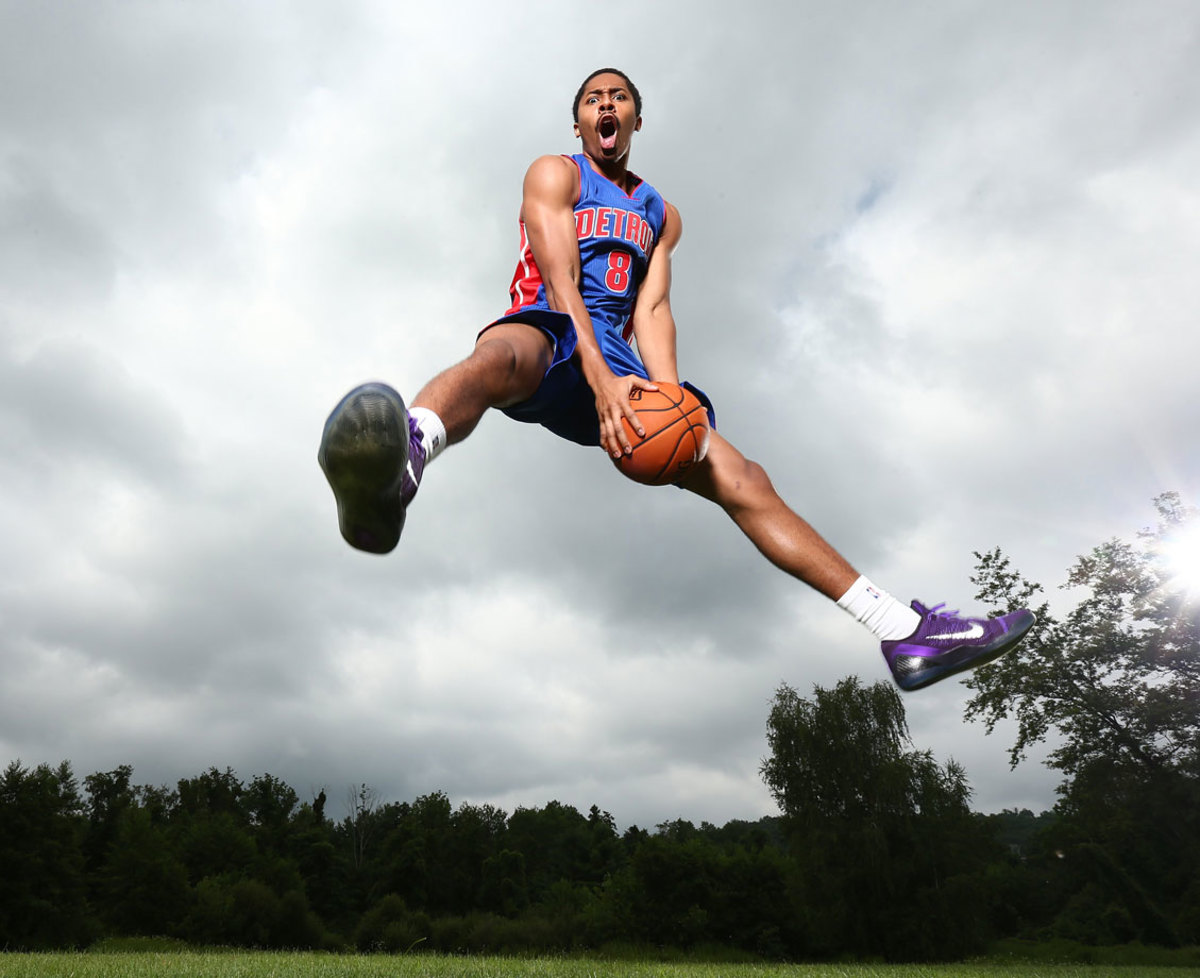
No. 38 overall pick
Jerami Grant | Philadelphia 76ers

No. 39 overall pick
Glenn Robinson | Minnesota Timberwolves
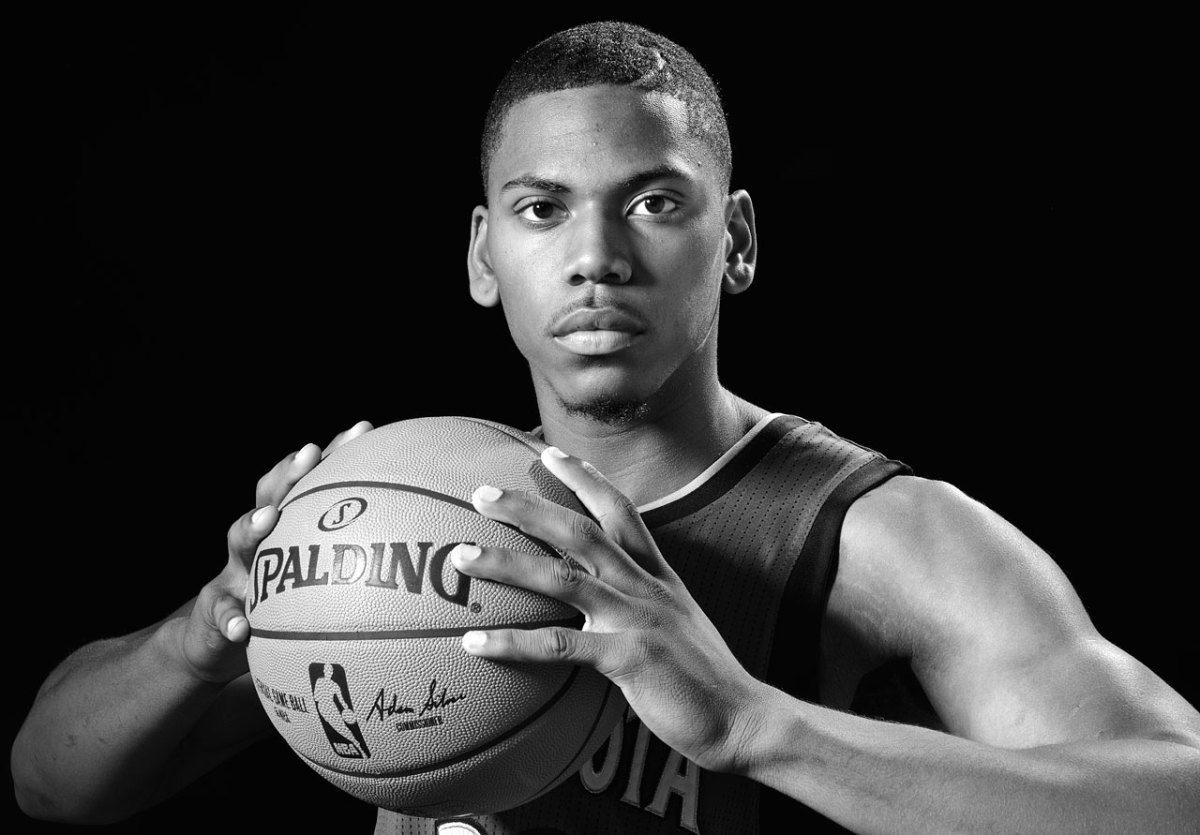
No. 40 overall pick
Markel Brown and Cory Jefferson | Brooklyn Nets

No. 44 and 60 overall picks
Russ Smith | New Orleans Pelicans
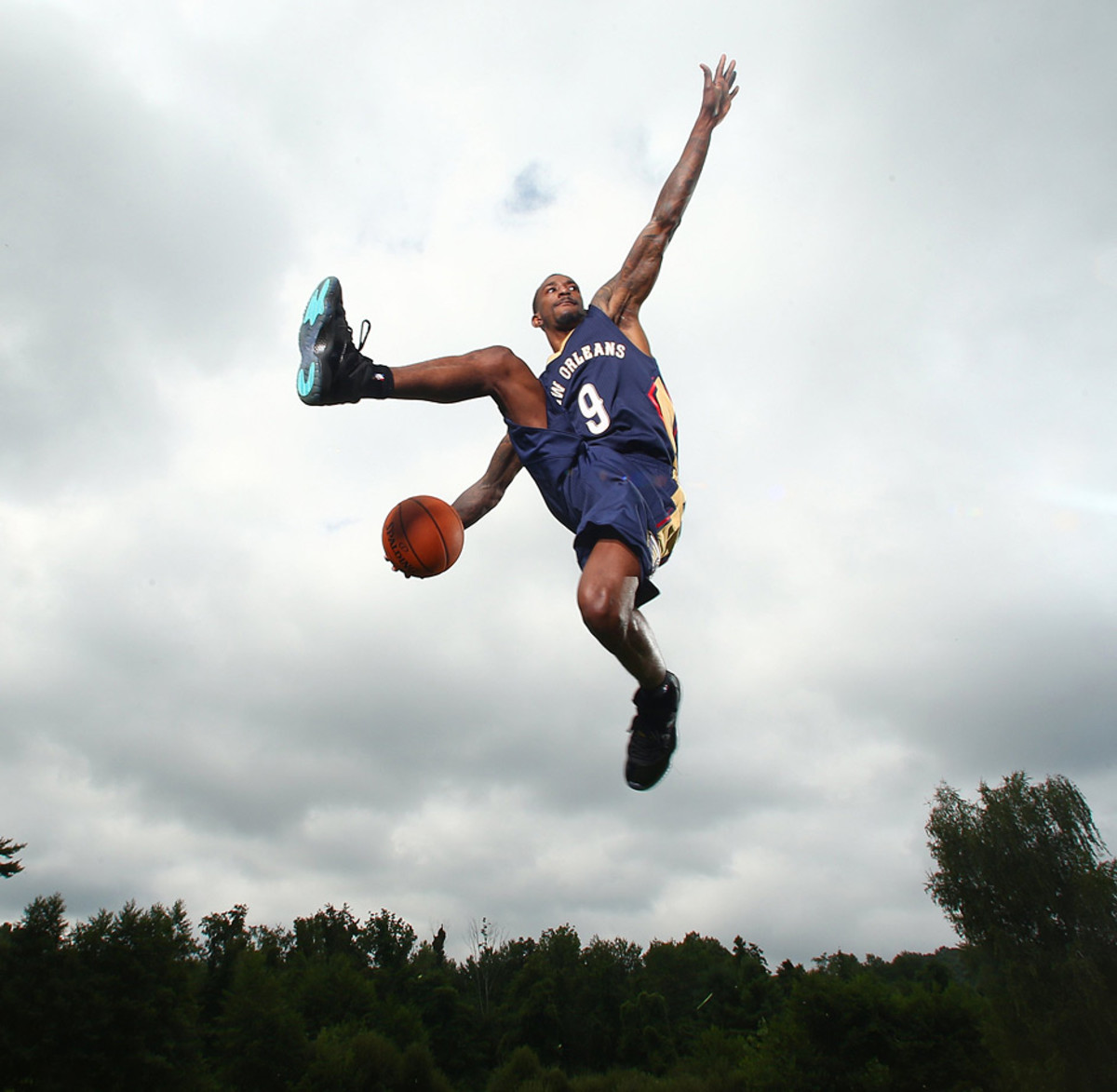
No. 47 overall pick
38 members of the 2014 NBA draft class
